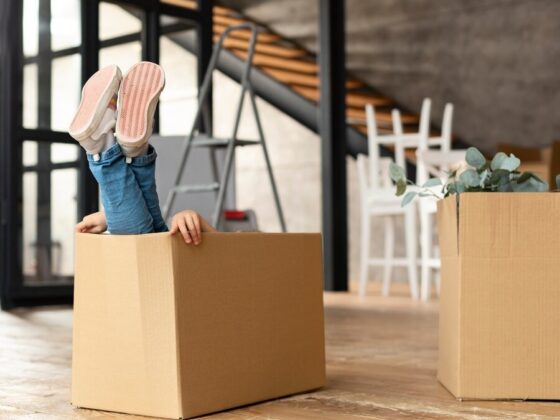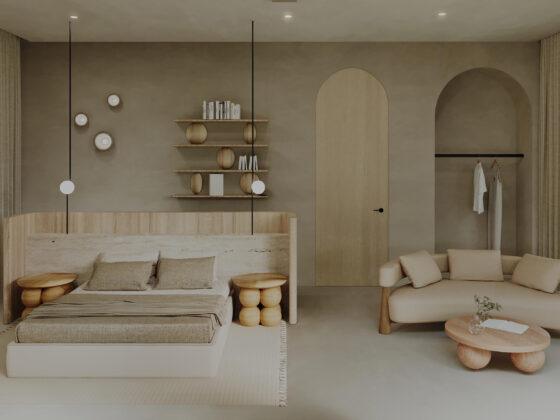The need for sustainable development is growing more urgent as global changes accelerate. In response, the construction industry embraces innovative solutions and creative designs, particularly in modern home building.
Custom home builders stand at the forefront of this transformative trend, leading the way in constructing homes that meet homeowners’ aesthetic and practical needs and contribute significantly to environmental protection through sustainable building practices.
The ‘Big Pillars’ of Sustainable Construction
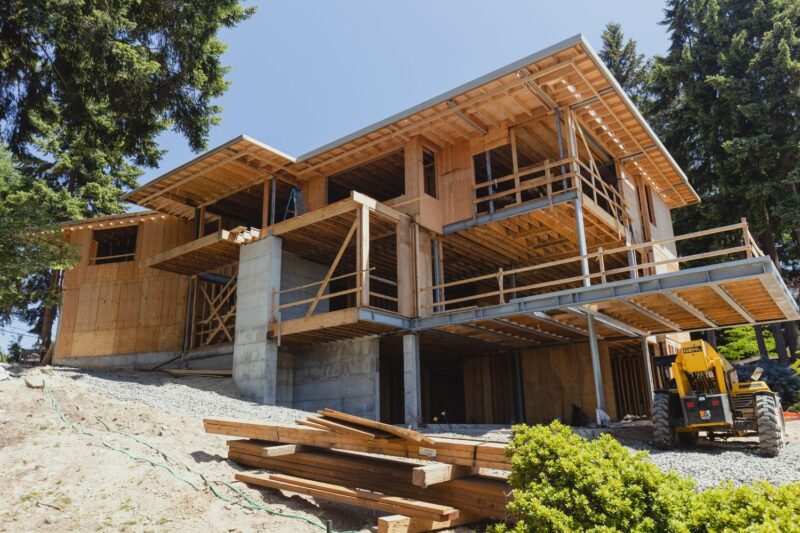
Sustainable construction of today’s residences conforms to some significant guidelines that guarantee these houses’ resilience, energy efficiency, and insignificant negative impact. The scope of sustainable construction spans from the choice of materials, energy consumption, and water usage, constituting the elementary stage through environmental friendliness.
Embracing Energy Efficiency
One key component of sustainable building design is the efficient use of energy. The incorporation of dense insulation, efficient windows and doors, and home automation, all aiming to save power, manifests the sustainable design of modern houses. Increasingly, houses have rooftop solar panels and geothermal heating installations, which shift them from energy consumers to producers, resulting in a massive reduction in their carbon footprint.
The design phase plays an essential role in this issue. The orientation of the house, natural lighting, and ventilation are crucial factors. By considering those factors, architects can design houses that consume less synthetic cold and hot air, which means lower energy consumption.
Sustainable Materials: Creating an Eco-Friendly Design Model: The Building Block
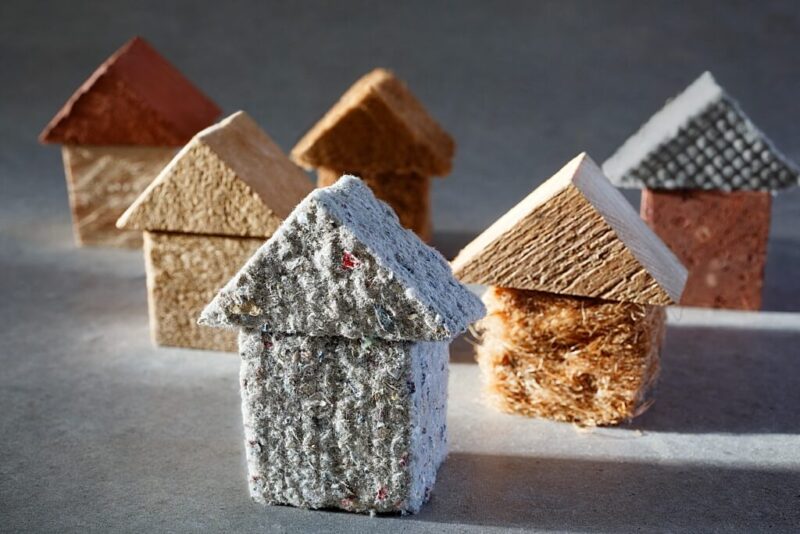
The selection of construction materials determines the house’s environmental impact and is extremely important. Sustainable construction focuses on the availability of renewable, recyclable, low-carbon and energy-emission raw materials. For example, bamboo, recycled wood, and steel are materials that will be sustainable and will create the desire for them without destroying natural resources.
In addition to using local materials, the resulting transportation emissions are also taken into account, which helps global sustainability efforts and local economies.
The Role of Technology as a Facilitator for Sustainable Home Building
Technological progress, in its turn, has created an opportunity to cultivate sustainable architecture on a global scale. New software creates a picture for architects and builders of the power system, water usage, and even the structural strength of the house before actual construction. Predictive modeling in design enables design elements rigged towards sustainability without forgoing aesthetics and functionality.
In addition, smart devices, from thermostats that learn and adjust based on the occupants’ routine to systems that appraise water usage and detect leaks, are also included in greening smart homes. Apart from that, these technologies provide convenience and comfort, the greenhouse effect and economic benefits.
Imaginary Prototypes Giving Much to Charity
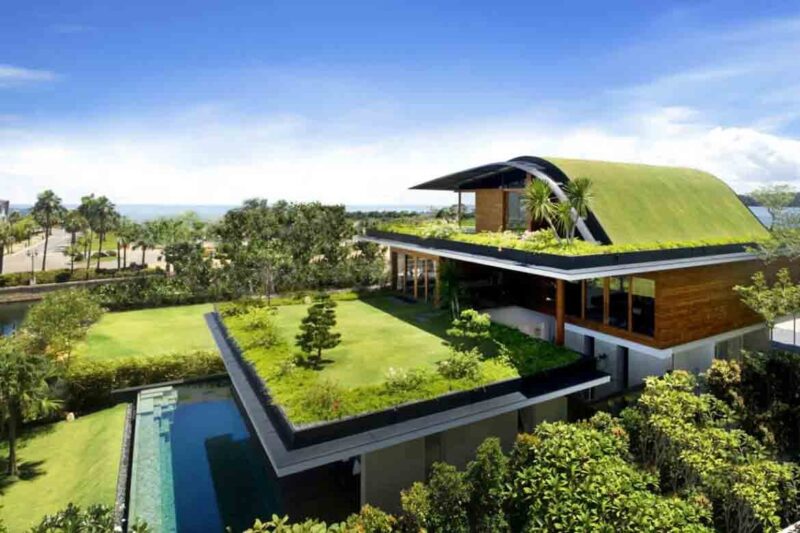
The idea of sustainable architecture implies buildings that focus on meeting our basic requirements but not in a way that harms the environment. Inspired Homes shows that we possess such a philosophy. This philosophy assimilates sustainable practices into every project so that the houses are not only beautiful and functional but also environmentally friendly.
Instead, their vision is at most the threshold of following the standard sustainability. Through their ongoing search for and use of green solutions in their building design, Inspired Homes is showing that they are genuine in their efforts to improve the construction industry and the environment.
Conclusion
The transformation of the drifting green buildings into what modern homes are is not just a repeating pattern but a required change. As environmental challenges become more intensive and wider, it is of greatest significance that houses will be designed and built to stay on them while keeping the ecosystem footprint as small as possible.
Inspired Homes, which combines its dedication to sustainable construction and innovative design, stands as an example for others to follow by showing that it is possible to produce modern homes that are ecologically friendly and suitable for the inhabitants of those buildings. Therefore, all of us have traveled the road to a more sustainable existence, and the adoption of innovative designs and green practices would undoubtedly be a contribution from all to create a system that would give future generations a better earth.

